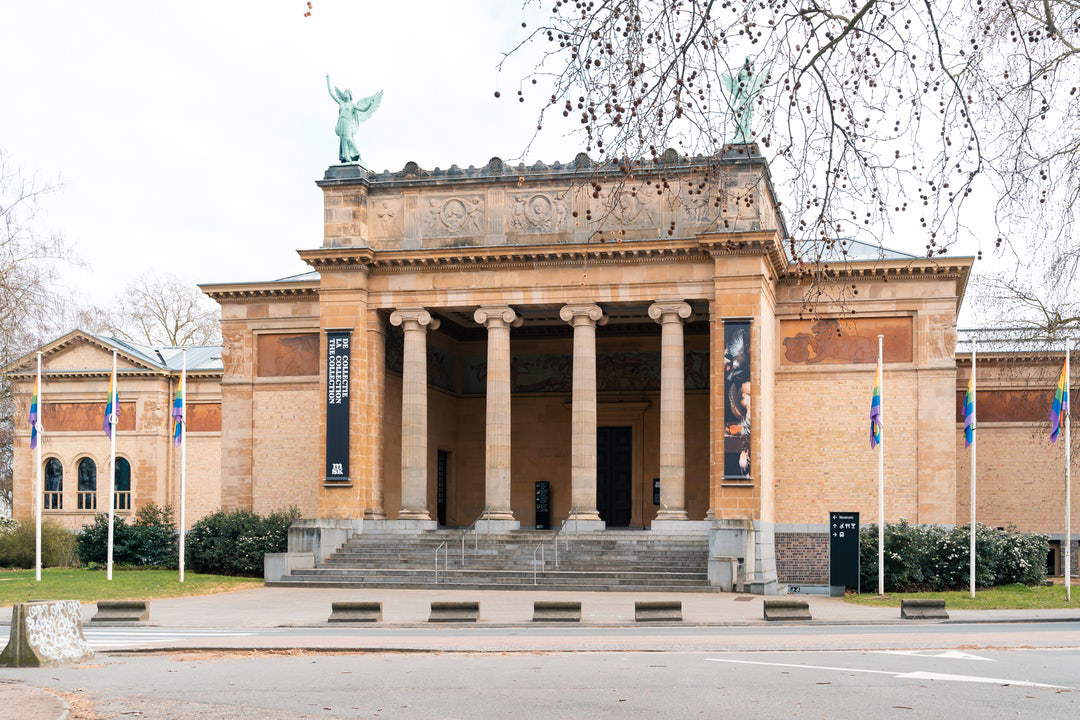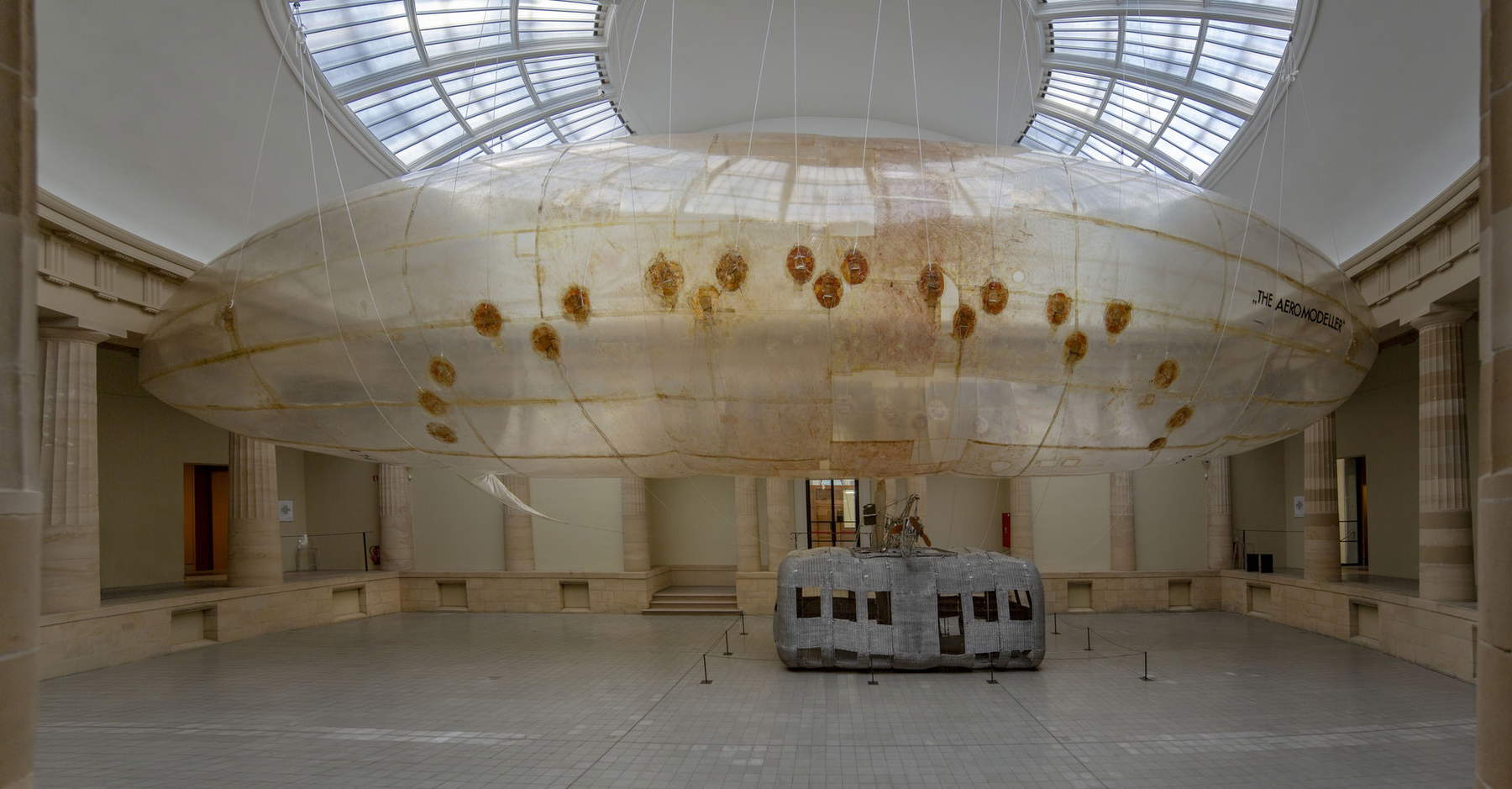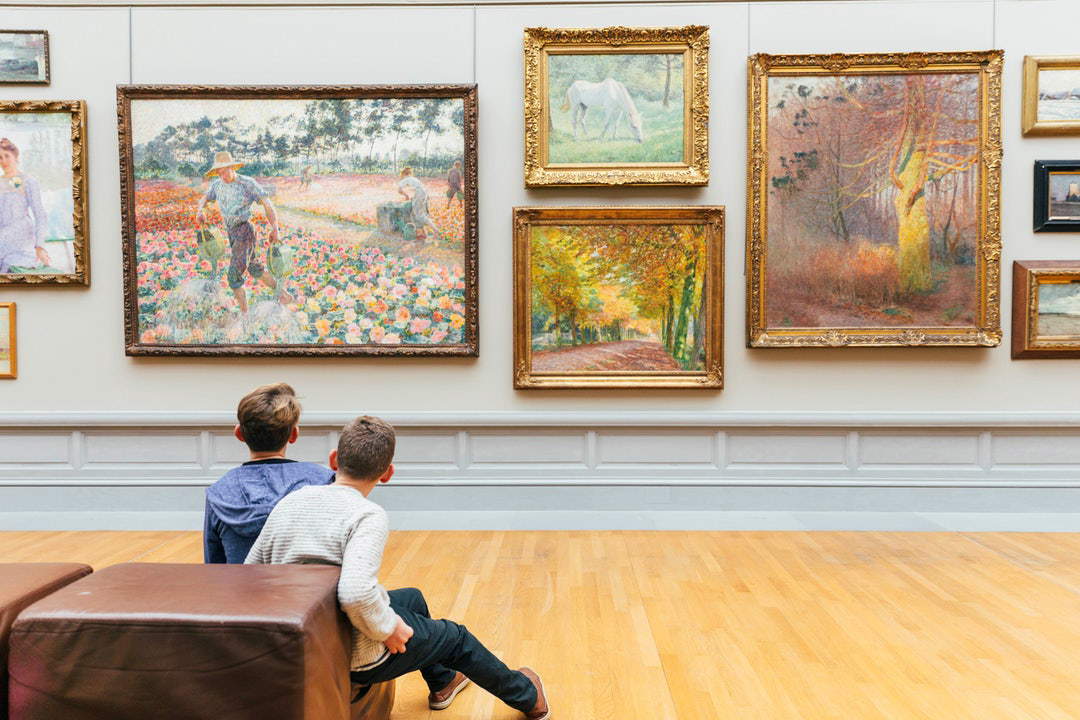The oldest museum in Belgium? It is located in Ghent, in Flanders: it is the Museum voor Schone Kunsten (“Museum of Fine Arts”), whose origins can be traced back to the late 18th century, when Ghent was administered by revolutionary France and, as the French were wont to do in occupied lands, its art treasures were requisitioned and shipped to Paris (some of the works taken from Ghent are still in the Louvre today). Thus, in 1798, the city decided to make up for it through a small public collection (the first nucleus of the museum: 1798 is thus considered the official date of its opening), which for some time was displayed in St. Peter’s Church, and then, from 1809, in a room of the local Academy of Fine Arts. From this time on, the city never stopped collecting works, but as early as 1820 the problem arose of finding a suitable building to house the collection, which in a short time, through purchases and donations, had expanded considerably: thus, the architect Tieleman Franciscus Suys (Ostend, 1783 - Wingene, 1861) was commissioned to design a dedicated building. However, it had to wait until 1898 to arrive at a final design.
That year, in fact, the city assigned Charles van Rysselberghe (Meerle, 1850 - Nice, 1920) to think about a new design. He was responsible for the large neoclassical building where the institute’s collections are now admired (it was built between 1900 and 1904, and later enlarged, again to Van Rysselberghe’s design, in 1913, on the occasion of that year’s World’s Fair, which was held in Ghent). The museum, also known by its acronym MSK, is thus housed in Van Rysselberghe’s building overlooking the east side of the Citadelpark, the Citadel’s park, where the Gentse Floraliën, a major flower event, is held every year. The latest chapter in the building’s history dates back to the early 2000s: in fact, the spacious 20th-century structure was renovated between 2003 and 2007.
The Museum voor Schone Kunsten now has a collection of about nine thousand works ranging from the Middle Ages to the first half of the twentieth century: of these, six hundred are on public display, with a particular predilection for Flemish art. The museum is also an excellence in late nineteenth- and early twentieth-century art. The main collecting nucleus is the Collection of Flemish Art (also known as VKC, “Vlaamse Kunstcollectie”), which begins with the collection of Flemish primitives, which includes two works attributed to Jheronimus Bosch, namely Christ Carrying the Cross and St. Jerome at Prayer, as well as paintings by Pieter Brueghel the Younger, Maarten van Heemskerck, Roelant Savery and others. Big names also abound in the section devoted toBaroque art, with paintings by Pieter Paul Rubens, Jacob Jordaens, Antoon van Dyck, Philippe de Champaigne, Frans Hals, and other important painters from the Netherlands.
 |
| Museum Entrance |
 |
| The Museum voor Schone Kunsten in Ghent |
 |
| The Museum voor Schone Kunsten in Ghent |
 |
| The Museum voor Schone Kunsten in Ghent |
 |
| The Museum voor Schone Kunsten in Ghent |
 |
| The Museum voor Schone Kunsten in Ghent |
One of the Museum voor Schone Kunsten’s prides is, as mentioned, the part of the collection reserved for art from the late 19th and early 20th centuries: there are important works by Jems Ensor (including the famous Entrance to Jerusalem), Oskar Kokoschka, Ernst Ludwig Kirchner, Erich Heckel, Gustave Van de Woestyne, Théo van Rysselberghe, Fernand Khnopff, George Minne, Emile Claus, Maurice Denis, and Odilon Redon. All the currents of the time are well represented: there is also no shortage of works by the Impressionists (Manet, for example, or a proto-Impressionist such as Eugène Boudin, best known for being Claude Monet’s teacher) or the masters of French Romanticism such as Théodore Géricault. There is also a focus in the collection on the pioneers of abstract art in Belgium, andabstractism in general from its origins until the 1970s.
The Gent Institute is also an important research center. Available to the public and scholars is a specialized library of forty thousand books (including monographs, catalogs raisonné, exhibition and museum catalogs) and a thousand journals. The flagship of the library is the collection of historical books from the early twentieth century: there are volumes of the period, artist’s books, historical magazines, and catalogs of the salons of the time. Again, in December 2002 the Museum voor Schone Kunsten in Ghent founded a documentation center specializing in nineteenth- and early twentieth-century art, which aspires to be an institution where historical and archival documents can be made available to the public. In addition, the museum has an extensive archive and continues to acquire works for its collection.
In 2020, the Museum voor Schone Kunsten welcomed the largest ever exhibition on Jan van Eyck to accompany the restoration of the Polyptych of the Mystic Lamb (to which, on these pages, we devoted an extensive four-part focus), featuring fifteen works by the great Renaissance master. And it was precisely the restored panels of the Polyptych of the Mystic Lamb, lent by the Cathedral of St. Bavon in Ghent where the work is kept, that were displayed at the museum. Today, the great exhibit survives in the 360-degree virtual tour (complete with reserved paths for adults and children), through which it is possible to relive that experience defined by the museum as “once in a lifetime.”
 |
| The Museum voor Schone Kunsten in Ghent, the oldest museum in Belgium |
Warning: the translation into English of the original Italian article was created using automatic tools. We undertake to review all articles, but we do not guarantee the total absence of inaccuracies in the translation due to the program. You can find the original by clicking on the ITA button. If you find any mistake,please contact us.